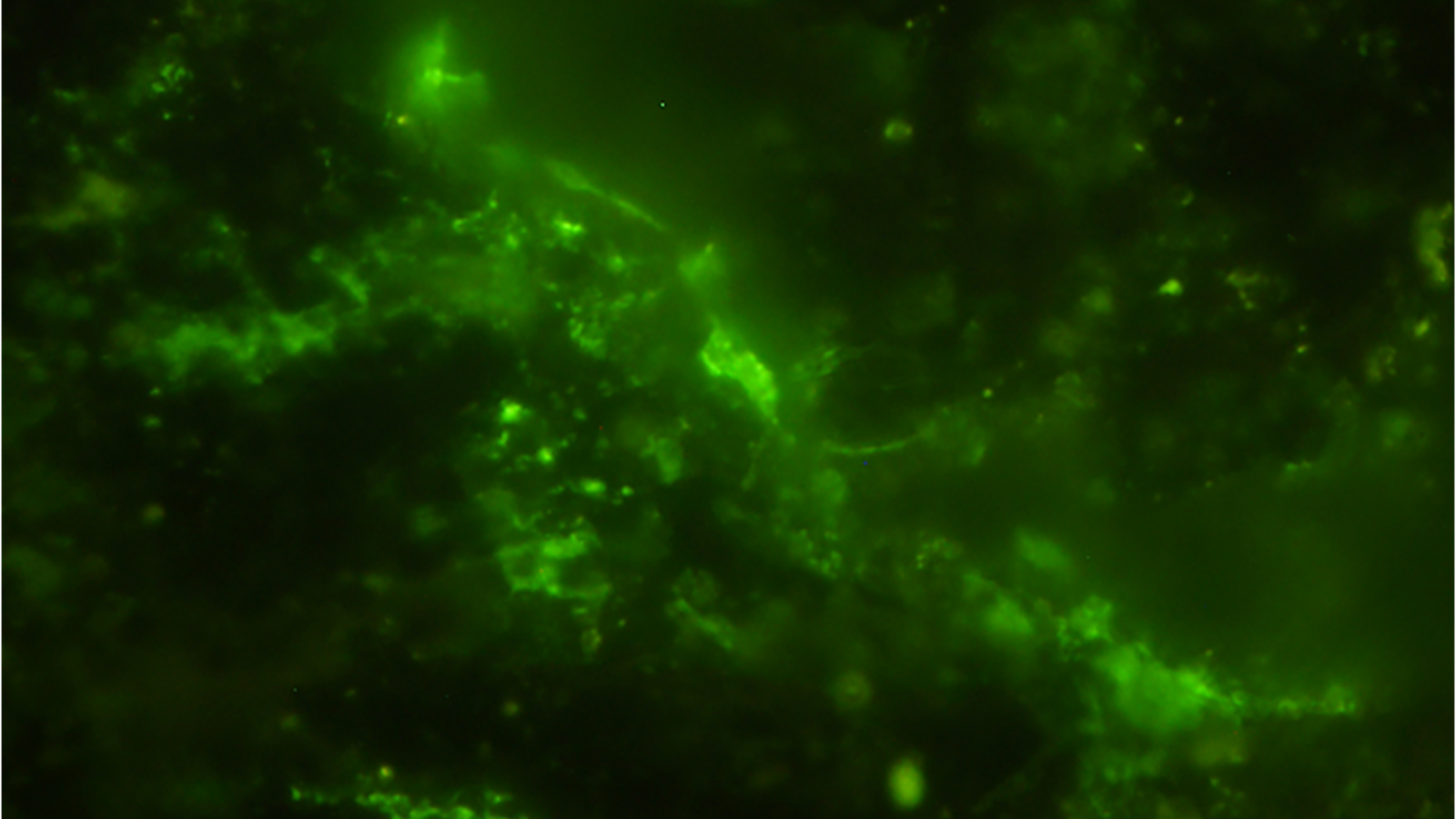Ancient Microbes Found in Sealed Rock Fracture
A sealed rock fracture nearly 50 feet below ground has been home to microbes for the last 2 billion years, making it the oldest life ever discovered in such conditions. This groundbreaking discovery, unearthed beneath South Africa’s Bushveld Igneous Complex, surpasses previous microbial records by up to 1.9 billion years. Not only does this finding shed light on the earliest stages of evolutionary life on Earth, but it also holds implications for understanding life on Mars.
Published on October 2 in the journal Microbial Ecology, the research was conducted by a team from the University of Tokyo’s Department of Earth and Planetary Sciences. This team had previously identified the oldest known lifeforms in 2020.
Study lead author Yohey Suzuki, an associate professor at the University of Tokyo’s Graduate School of Science, expressed excitement about the discovery, stating, “We didn’t know if 2-billion-year-old rocks were habitable… so this is a very exciting discovery.”
To confirm the ancient microbes’ presence, the researchers utilized advanced imaging techniques, including electron microscopy, fluorescent microscopy, and infrared spectroscopy. By staining the cells’ DNA and analyzing their proteins and surrounding clay habitat, the team verified that the microbes were not a result of contamination but were indeed alive and indigenous to the fissure sample.
The longevity of these microbes can be attributed to their unique habitat within the Bushveld Igneous Complex (BIC) in northeastern South Africa. This region, known for its rich ore deposits, including a significant amount of mined platinum, features deep volcanic formations that provided a stable environment for microbial life billions of years ago. The microbes thrived in tiny fissures, sealed off by clay sediment, allowing them to persist with minimal evolutionary change over time.
Aside from unraveling Earth’s early microbial life, the research has implications for astrobiology, particularly in the search for life on Mars. With NASA’s Mars rover Perseverance set to bring back rocks similar in age to those studied, there is hope for exciting discoveries that could provide insights into Martian microbial life.
Yohey Suzuki expressed optimism about the future of the research, stating, “Finding microbial life in samples from Earth… makes me excited for what we might be able to now find in samples from Mars.”
